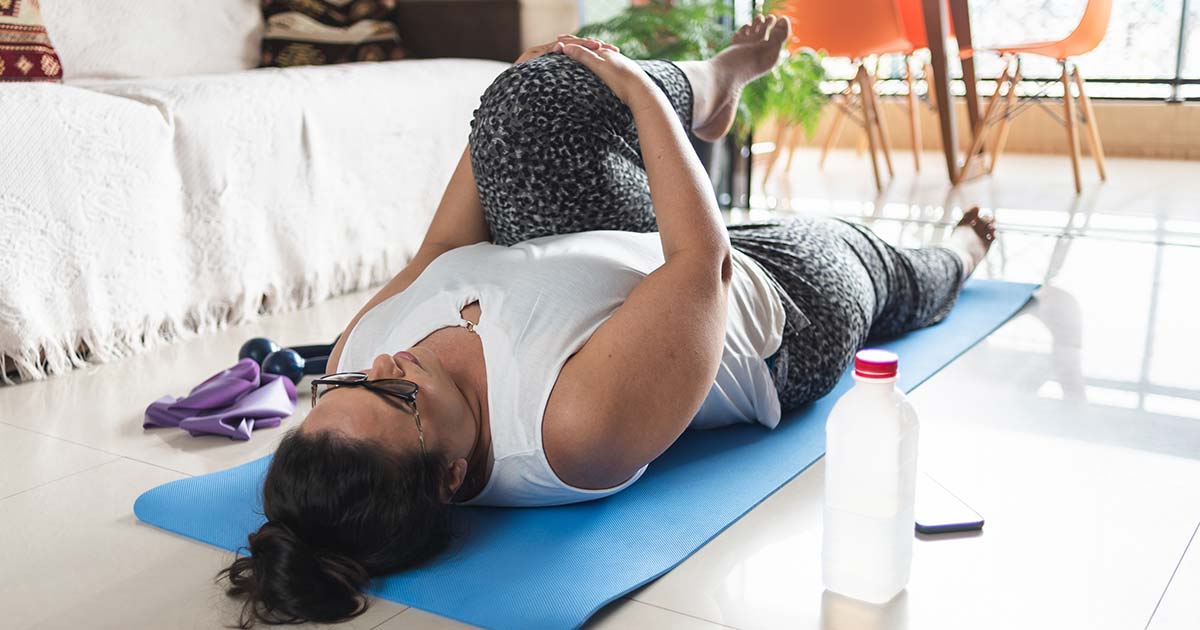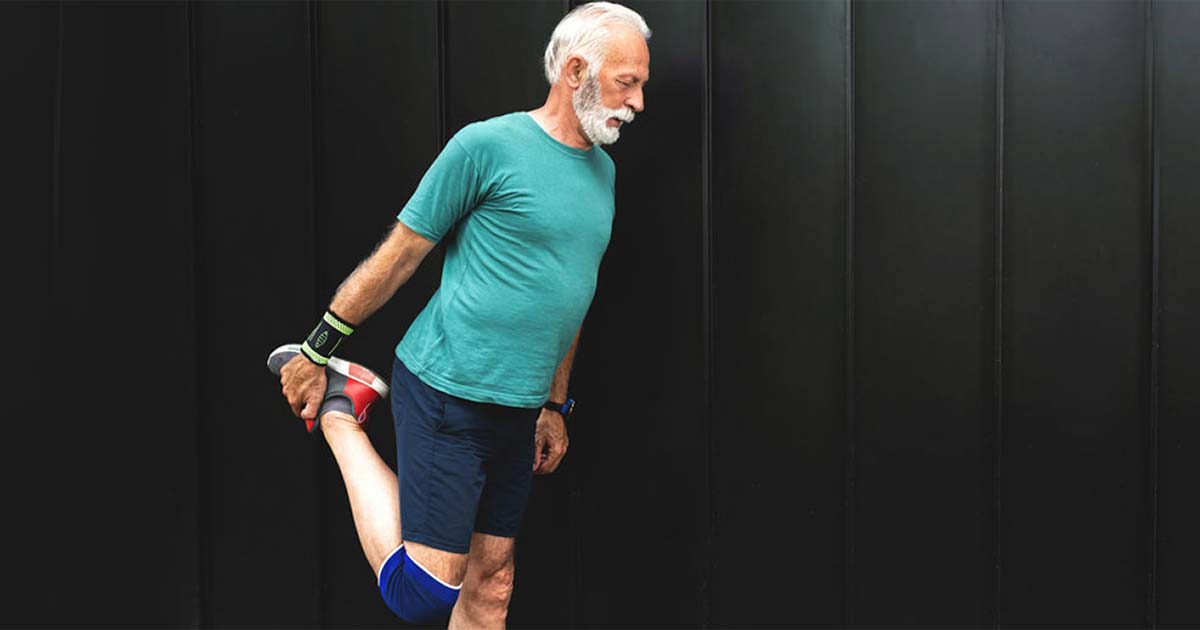Static vs. Dynamic Stretching: What Are They and Which Should You Do?
Advice to improve your movement, fitness, and overall health from the world's #1 in orthopedics.
For serious and not-so-serious athletes alike, stretching is a crucial part of playing or practicing a sport. Stretching increases your range of motion and flexibility by making your soft tissues, such as muscles and ligaments, longer by decreasing stiffness. It can also help improve your performance in your sport, help with soreness after exercise and lower your chance of injury.
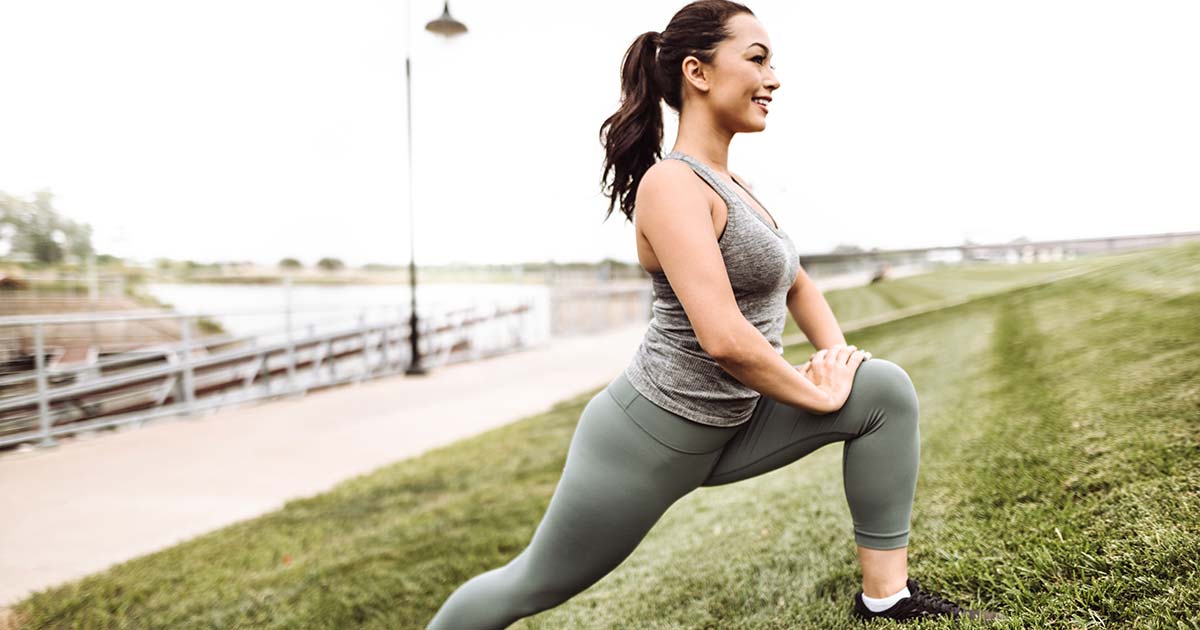
There are two main types of stretches: static stretches and dynamic stretches. Static stretches are those in which you stand, sit or lie still and hold a single position for period of time, up to about 45 seconds. Dynamic stretches are controlled movements that prepare your muscles, ligaments and other soft tissues for performance and safety.
Both of these have different purposes and should be used at different times in your workout. Read on for more from HSS physical therapist Leigh-Ann Bramble, PT, DPT, of the HSS Sports Rehabilitation and Performance Center, on the benefits of static and dynamic stretching.
Dynamic Stretching
This form of stretching improves speed, agility and acceleration. It involves the active tightening of your muscles and moving your joints through their full range of motion throughout the stretch. These functional and sport-specific movements help increase muscle temperature and decrease muscle stiffness.
Dynamic stretches should be used as part of your warm-up routine before any athletic event, whether competitive or not. A complete athletic warm-up should incorporate about 5 to 10 minutes of low- to moderate-intensity swimming, jogging or cycling, followed by dynamic stretching.
Here are some types of dynamic stretching.
Torso twist
Stand with your feet facing forward, as wide as your shoulders, and your arms by your side with a 90-degree bend in your elbows. Keep your feet in the same position and in a controlled manner, twist your torso from one side to the other. Be sure to move through your trunk and do not force the movement. This exercise helps keep your spine mobile and flexible. Maintaining spine flexibility is particularly beneficial for athletes of throwing and hitting sports such as football, baseball, tennis, hockey and lacrosse.


Walking lunge
Stand with your arms on your waist; take a step forward and lunge, keeping your front knee in line with your hip and ankle and lowering your back knee toward the floor without touching. Do not allow your front knee to drive past your front toes. Push off the back leg and step forward with the opposite leg, lunging in the same fashion. Engage your abdominal muscles throughout this exercise to avoid arching your back. This helps stretch the gluteus, hamstring and hip flexor muscles and is beneficial for all athletes, particularly those playing track-and-field sports, soccer, rugby or football.
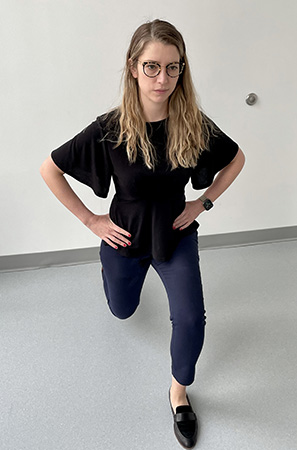
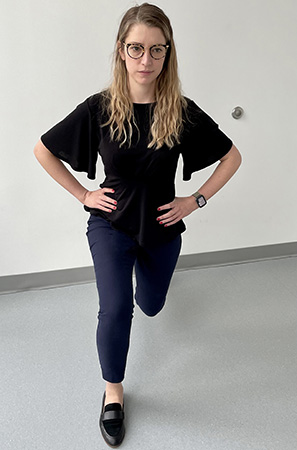
Leg swing
Stand on one leg and in a slow, controlled motion swing the other leg in front of you and behind you through the full range of motion. Make sure to engage your abdominal muscles to prevent your back from arching. This stretch helps prepare the hamstrings and hip flexors for running.
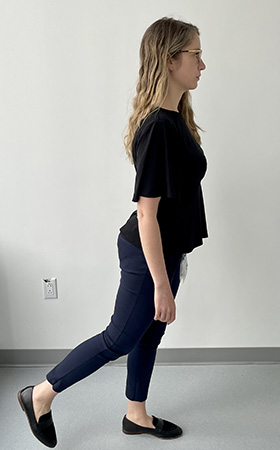

Static Stretching
Static stretching requires you to move a muscle as far as it can go without feeling any pain, then hold that position for 20 to 45 seconds. You should repeat static stretches two to three times each. This is a very effective way to increase flexibility.
Static stretches should be used as part of your cool-down routine to help prevent injury. Using static stretching as a maintenance stretching program will also help reduce your risk of injury.
But using static stretching in a warm-up prior to an athletic competition may actually negatively impact your performance. This is because static stretching may limit your body’s ability to react quickly. This condition may last up to two hours in activities such as vertical jumps, short sprints, balance and reaction speeds.
Here are some examples of static stretches.
Posterior capsule stretch
Relax your shoulders, bring one arm across your body and hold it with the other arm just above the elbow, pulling gently toward your body. This stretch is for the back of the shoulder and is particularly beneficial for all athletes of throwing sports such as football, baseball and basketball.

Hamstring Stretch
Place one leg on a low stool with your hips and feet facing forward. Lean forward from your hips, keeping your back flat and knee straight until you feel a stretch in the back of your thigh. Stretching your hamstrings helps prevent injuries while running.
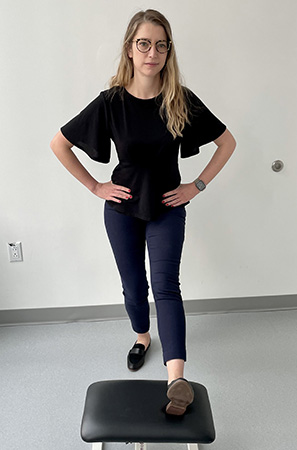
Quadriceps stretch
Grab hold of one ankle with your hand from the same side. Tighten your stomach muscles to prevent your back from arching. Extend your thigh backwards, bend your knee and bring your ankle up toward your butt. Be sure to keep your knee aligned with your hip by keeping your ankle in the same line as your hip, rather than angled outward or inward toward your body. You should feel this stretch in the front of your thigh. This stretch is beneficial to the quadriceps muscle.
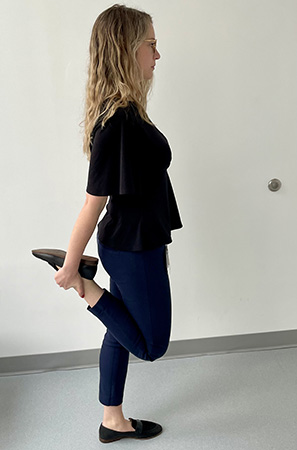
Published 4/19/2021


